2010, Tara Books/Patua Graphics
Writer: Arthur Flowers
Artists: Manu Chitrakar, Guglielmo Rossi
During my time writing reviews for this site, the question of what exactly defines a graphic novel as such rears its head on an almost weekly basis. I See the Promised Land, an illustrated account of the life of Martin Luther King Jr., lacks the tight panel-to-panel composition which defines the comic medium, but its traditional Bengali scroll art is unquestionably sequential.
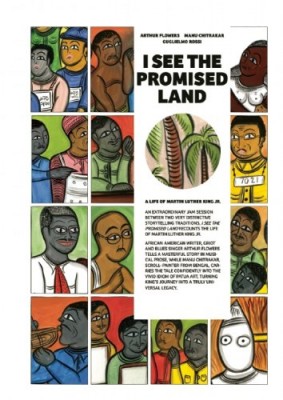
Imagery aside, much of the motion in this book flows from Arthur Flowers’ free-flowing words. A performance poet, musician, writer, English professor and griot storyteller, Flowers spins King’s yarn with a zealous, untamed fury that I did not quite “get” until viewing the Youtube video below. Flowers is also currently touring and performing I See the Promised Land, and I feel that to fully appreciate the book it’s essential that you at least get an idea of Arthur’s dramatic “free-form jive style”:
Flowers is joined by Bengali artist Manu Chitrakar for this fittingly multi-cultural collaboration. Chitrakar has allegedly studied Patua scroll art from the age of 12, and his paintings convey a visual poetry more than a simple visual accompaniment to Flowers’ text. While his art does often correspond to this account of King’s lifelong struggle and tragic death, the pages on which Chitrakar takes a more rhetorical approach to the visual narrative see the book at its most evocative and powerful. Unfortunately, Guglielmo Rossi’s rudimentary page designs take away from Chitraker and Flower’s colliding passions; the book’ layout is stark and textbook, when a looser and more frenzied aesthetic would have been more appropriate.
Did I enjoy I See the Promised Land? I’m not entirely sure. This is the first book by Patua Graphics, a self-proclaimed “graphic novel imprint from South Indian publisher Tara Books, and I’m interested in seeing their subsequent titles simply because this inaugural release is so different from the conventional Western graphic novel format that it doesn’t bear comparison to anything I’ve read. This alone probably constitutes a recommendation.
I’d be interested to see the reaction teachers would receive from showing I See the Promised Land to their pupils. While it will probably come as a surprise to no one that Flowers’ tale hits some pretty didactic and sentimental notes, his words come from the heart, and are the antithesis of the stilted academia which so often chronicles the lives of legends.
I See the Promised Land will be published in the UK by Frances Lincoln, April 2011.
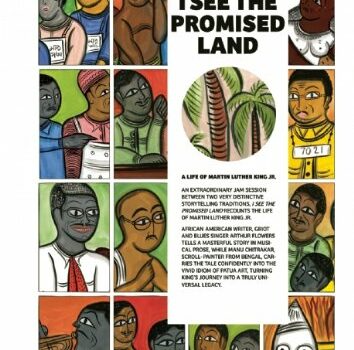
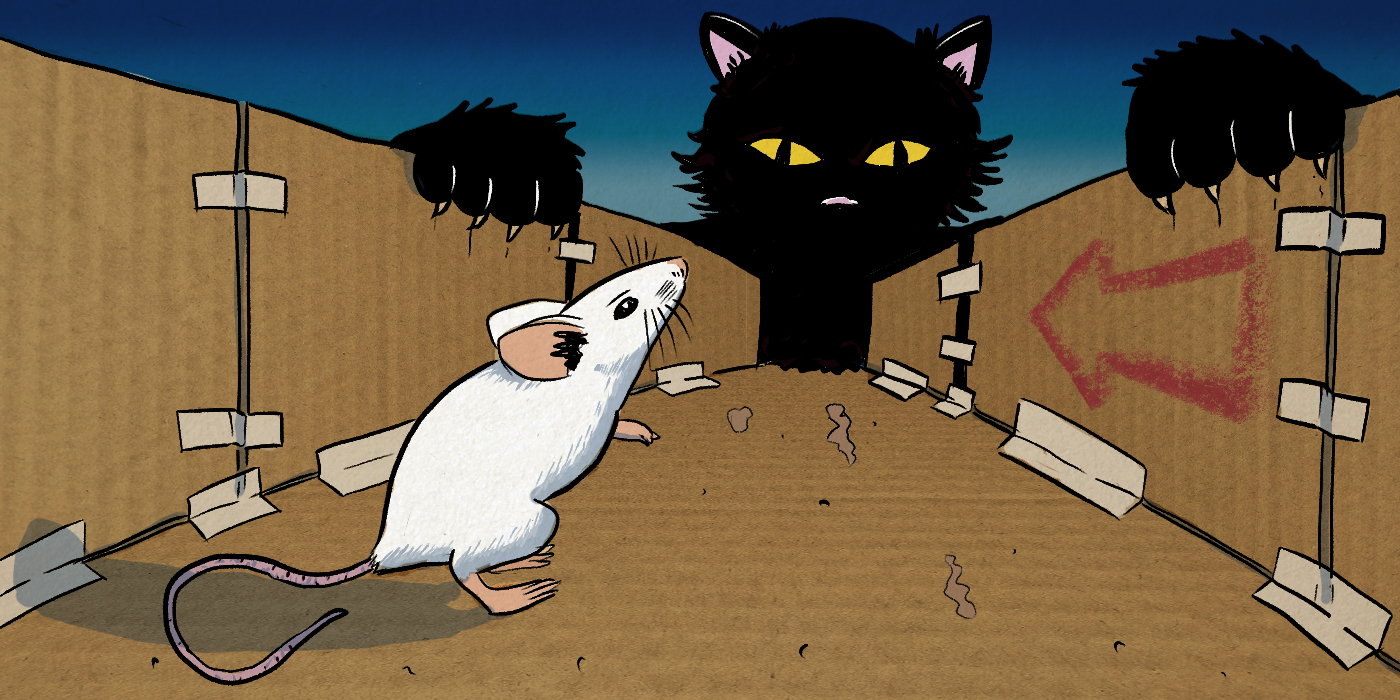
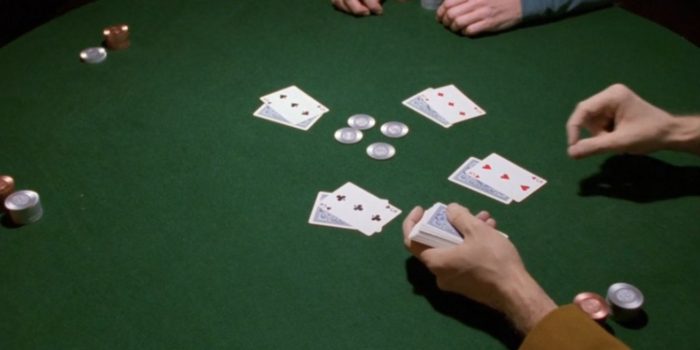


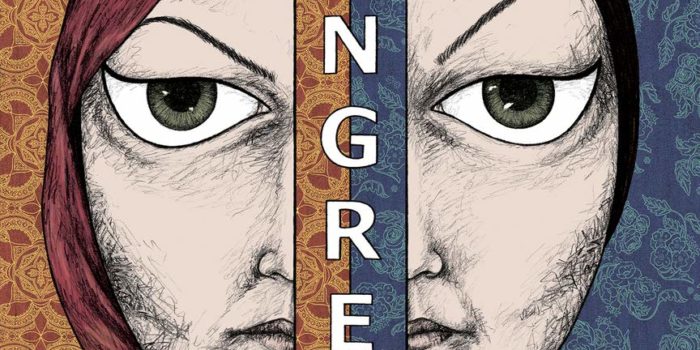



Leave a Reply